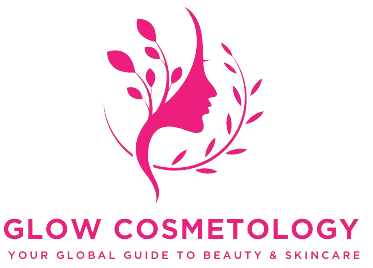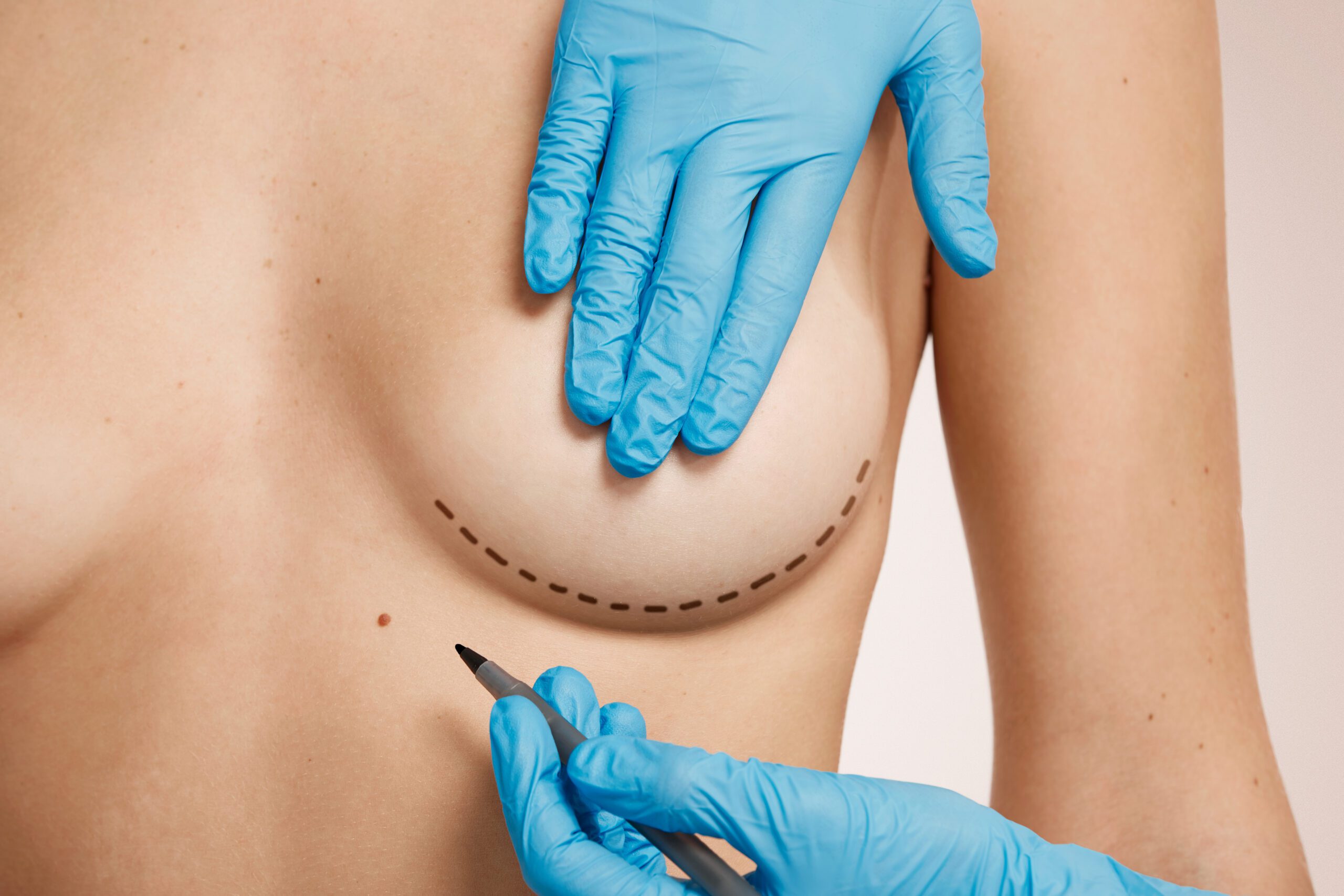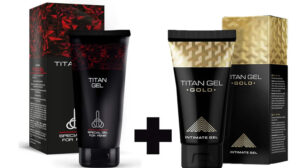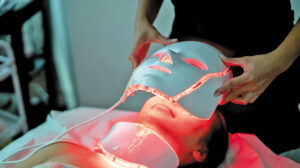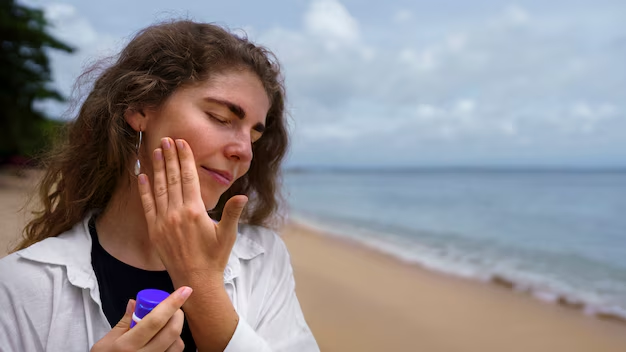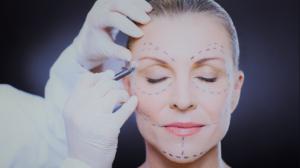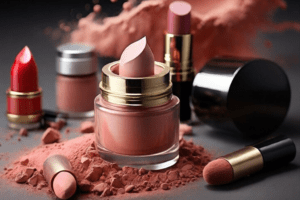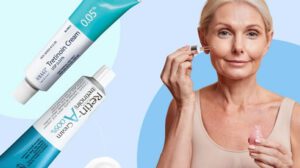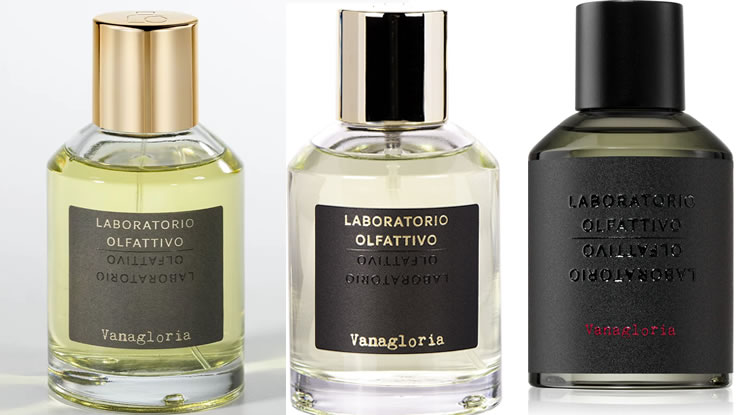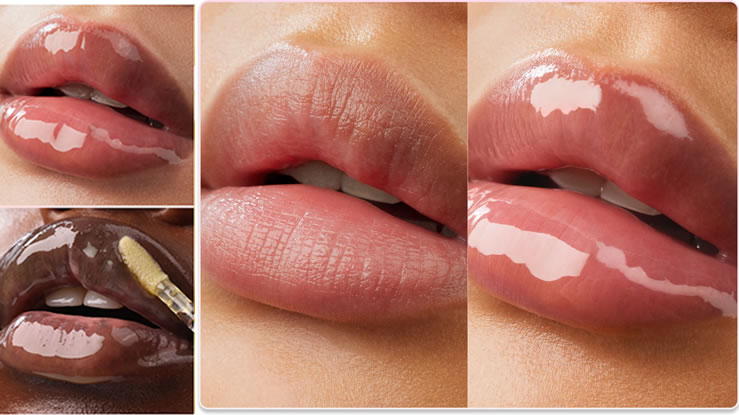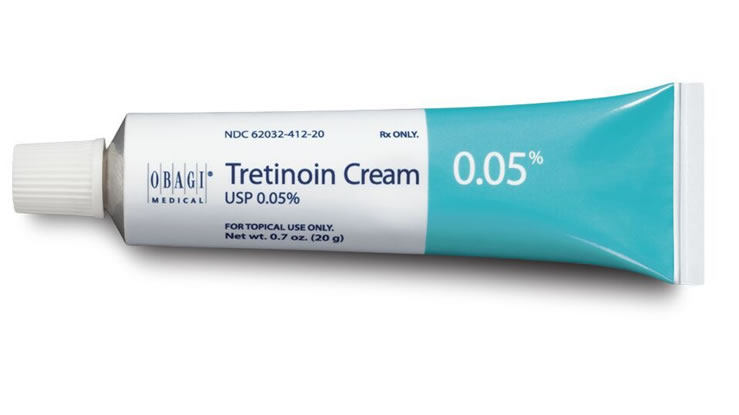Cosmetic augmentation has become one of the most popular aesthetic procedures in the world, empowering women (and men) to sculpt, enhance, and redefine their bodies in ways that reflect their self-image. From breast implants to lip fillers and facial contouring, augmentation has evolved far beyond vanity, it’s about confidence, identity, and self-expression.
However, one of the most frequently asked questions remains: “How long does augmentation last?”
While it’s tempting to believe these enhancements last forever, the truth is, most forms of augmentation are not permanent. The longevity depends on the type of procedure, the materials used, and individual lifestyle factors such as health, aging, and skincare habits.
In this guide, we’ll dive deep into the lifespan of various augmentation types, how to maintain them, the warning signs of replacement, and what innovations in 2025 are extending results longer than ever before.
1. What Does Augmentation Really Mean?
“Augmentation” refers to enhancing or enlarging a body feature through surgical or non-surgical methods. The most common types include:
-
Breast Augmentation: Insertion of silicone or saline implants to enhance breast size and shape.
-
Facial Augmentation: Use of fillers or fat grafts to sculpt cheekbones, jawlines, or lips.
-
Buttock Augmentation (BBL or Implants): Enhancing the volume or contour of the buttocks.
-
Body Contouring: Using implants, fat transfer, or tightening devices to improve overall body shape.
Each of these has a unique timeline for how long it lasts from temporary enhancements that fade in months to surgical transformations that last decades.
2. Breast Augmentation: How Long Do Implants Really Last?
Average Lifespan: 10–20 Years
Breast implants are not lifetime devices, despite being marketed as long-term. According to the FDA and the American Society of Plastic Surgeons (ASPS), most implants last between 10 and 20 years.
That said, many women enjoy their implants safely for much longer even 25 years or more, depending on:
-
Implant type (silicone vs saline)
-
Surgical technique
-
Body type and healing response
-
Post-surgery care and lifestyle
Signs It’s Time for Replacement
-
Noticeable change in breast shape or size
-
Hardening or rippling (capsular contracture)
-
Pain or discomfort
-
Leakage or rupture (more common with saline implants)
New Advancements (2025 Updates)
Modern implants are far safer and more durable. The newest “gummy bear” cohesive silicone implants are designed to maintain shape even if ruptured. Many surgeons in the U.S. and UAE now offer lifetime warranties for replacements under certain conditions.
3. Lip Fillers and Facial Augmentation Longevity
Average Lifespan: 6–18 Months
Facial fillers (such as Juvederm, Restylane, or Sculptra) are non-surgical augmentation procedures that temporarily enhance features like lips, cheeks, and jawlines.
Their duration depends on:
-
The type of filler (hyaluronic acid dissolves faster than collagen-based ones)
-
Metabolism speed — faster metabolisms dissolve fillers quicker
-
Facial movement and area injected
Pro Tips to Extend Filler Longevity
-
Stay hydrated and use a hyaluronic acid serum
-
Avoid excessive facial massages post-treatment
-
Schedule maintenance sessions every 6–12 months
New Trend (2025): “Bio-Stimulating Fillers”
The newest generation of injectables (like Radiesse+ or Sculptra Aesthetic 2.0) do more than fill, they stimulate collagen production, helping your skin maintain youthful volume naturally over time.
4. Buttock Augmentation (BBL & Implants)
Brazilian Butt Lift (BBL) Longevity: 5–10 Years
A BBL uses your own fat (harvested from areas like the abdomen or thighs) to enhance the buttocks.
Typically, 60–70% of the transferred fat survives permanently, while the rest is reabsorbed in the first 3–6 months.
Implant-Based Buttock Augmentation: 10–15 Years
Butt implants, made of silicone, have a lifespan similar to breast implants around 10–15 years. However, replacements may be needed sooner due to:
-
Shifting or asymmetry
-
Capsular contracture
-
Desire for a new shape or size
5. Non-Surgical Body Contouring Longevity
Modern non-invasive procedures like CoolSculpting, SculpSure, Emsculpt NEO, and Thermage FLX are trending across the U.S. for those seeking results without downtime.
Average Longevity:
-
Fat-freezing (CoolSculpting): Permanent fat cell reduction, but new fat can form if weight gain occurs.
-
Skin tightening (Thermage or Ultherapy): Results last 12–24 months with maintenance.
-
Muscle toning (Emsculpt): Lasts 6–12 months, depending on workout habits.
These procedures work best for those who maintain a consistent weight and active lifestyle.
6. Factors That Affect How Long Augmentation Lasts
-
Lifestyle Habits: Smoking, drinking, and poor diet can accelerate tissue breakdown.
-
Hormonal Changes: Pregnancy, menopause, or hormonal therapies affect the elasticity of skin and soft tissue.
-
Sun Exposure: UV rays weaken collagen and affect results, especially for facial augmentations.
-
Weight Fluctuations: Gaining or losing weight impacts fat-based augmentations the most.
-
Surgeon Skill: Choosing an experienced, board-certified surgeon improves placement, healing, and longevity.
7. Maintaining Your Results: The Longevity Blueprint
Here’s how to keep your results lasting as long as possible:
-
Hydrate and eat skin-loving foods: Vitamins A, C, and E boost collagen.
-
Regular checkups: See your surgeon every 1–2 years for implant evaluations.
-
Follow recovery guidelines: Avoid lifting, exercise, and pressure on surgical sites early on.
-
Protect your skin: Use sunscreen daily.
-
Massage and lymphatic drainage: Promotes circulation and helps maintain evenness in fat or filler results.
8. When and Why Revisions Are Needed
No augmentation lasts forever. Revisions or replacements are often needed for:
-
Aging or sagging skin
-
Personal preference (shape, size, projection)
-
Implant rupture or filler migration
-
Medical concerns or discomfort
Typical Revision Timeline
| Type of Augmentation | Revision Timeframe |
|---|---|
| Breast Implants | 10–20 years |
| Lip/Facial Fillers | 6–18 months |
| BBL | 5–10 years |
| Butt Implants | 10–15 years |
| Non-Surgical Contouring | 1–2 years |
9. Emotional and Psychological Perspective
While physical transformation is visible, the emotional impact runs deeper.
Many individuals report a significant boost in self-esteem, body confidence, and even career motivation after augmentation.
However, it’s crucial to maintain realistic expectations and avoid becoming reliant on perfection.
A healthy mindset knowing that beauty evolves and maintenance is part of the process, is key to long-term satisfaction.
10. Costs and Financial Perspective (2025 Data)
| Procedure | Average Cost (USD) | Longevity |
|---|---|---|
| Breast Augmentation | $5,000 – $10,000 | 10–20 years |
| Lip Fillers | $700 – $1,500 | 6–12 months |
| BBL | $6,000 – $15,000 | 5–10 years |
| Butt Implants | $7,000 – $12,000 | 10–15 years |
| Non-Surgical Body Contouring | $2,500 – $5,000 | 1–2 years |
Insurance rarely covers cosmetic procedures, so maintenance should be factored into your long-term beauty plan.
11. Future of Augmentation: What’s Next?
The beauty world is rapidly shifting toward bioengineered materials and regenerative aesthetics.
By 2025, technologies like stem-cell fat transfer, 3D-printed implants, and nanofiber-based fillers are emerging as the future of safe, natural-looking, and longer-lasting augmentations.
These innovations could soon extend implant lifespans beyond 30 years and even eliminate the need for replacements altogether.
So, how long does augmentation last?
The short answer: it depends on the type, but the long answer? It’s as lasting as your care, mindset, and evolution.
Every augmentation whether surgical or not is a journey of self-expression. It doesn’t define you; it enhances what’s already there.
Maintenance, self-awareness, and trusting the right professionals ensure that your transformation remains safe, empowering, and timeless.
Because true beauty isn’t just built in a clinic, it’s maintained every single day through care, confidence, and self-love.
